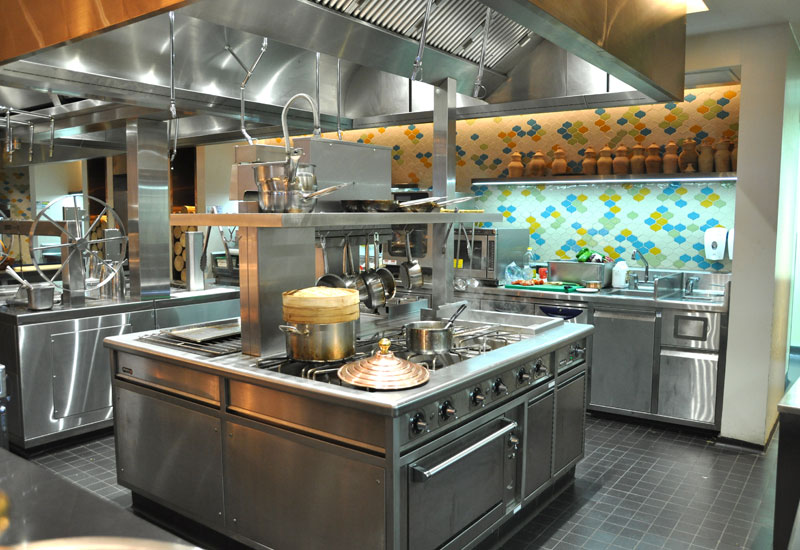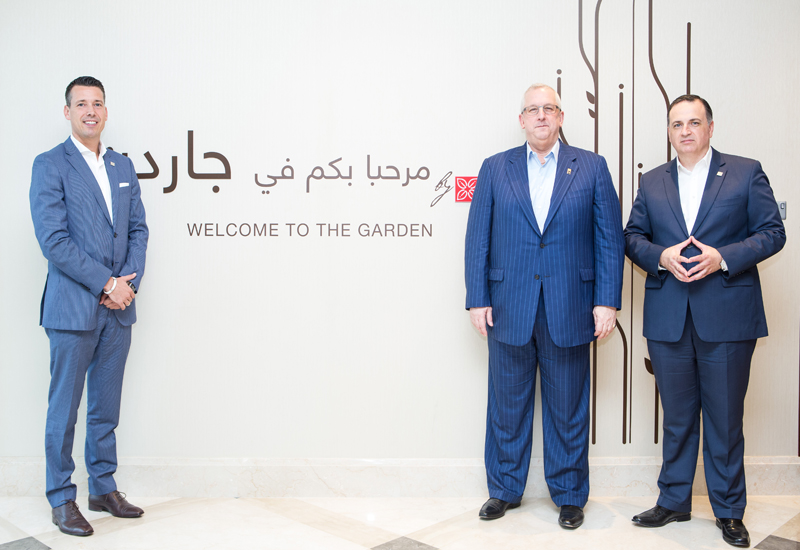What is your most requested service or product in the hospitality industry?
RASHID: In general, we are asked to supply products that will save time in kitchens. It is for this reason that we scour the world for the latest trends to help operators make their kitchens and bars more efficient.
MARC-OLIVER: Our high customer satisfaction is based on three important pillars: individual consulting by our well-experienced specialists; solid and reliable appliances — precisely suited to the customers’ needs and individually built to meet their wishes; and a perfect service with regard to maintenance and repair.
CHRISTIAN: Our clients expect a customised design solution that incorporates their vision, embodies the local culture and respects the regional context while fulfilling the hotel’s brand positioning and operational requirements. Our core strength lies in the flexibility of our design style and innate ability to work within a variety of themes.

| Advertisement |
EDI: A key aspect in the design of the kitchens within the hospitality industry is providing an ergonomic and efficient design. This would mean studying the size of the units in order to optimise access to the wall unit storage space. The worktop lines are curved to reduce the chance of collisions and accidents. In addition, the “multifunctional corner” equipped with a sitting area transforms the kitchen space into a living area. Another growing trend we see in the hospitality industry is adapting technology within the kitchen.
What’s the main challenge for hoteliers when it comes to designing kitchens and how do you help overcome this?
RASHID: We leave this to the foodservice consultants to handle. However, based on designs we have received, we know that space is the biggest challenge followed by budget.
EDI: With kitchens now being an integral part of the living area [in hotel apartments and residences], a challenge is ensuring the design of the kitchen is not only distinctive but also harmonious with the entire space. Our endless design possibilities seamlessly mix technology and functionality.
CHRISTIAN: On some refurbishment projects, we come across very inadequate buildings. We have, for example, been involved on the design of a hotel project in an existing building with a very small floor plate that was never intended to be a hotel. The BOH was so tight that most of the service flow was passing through the public areas. To free space in the BOH, we moved the cooking stations and some cold storage within the dining space. This resulted in a lively outlet and provided the staff with more comfortable working conditions.










 Search our database of more than 2,700 industry companies
Search our database of more than 2,700 industry companies









